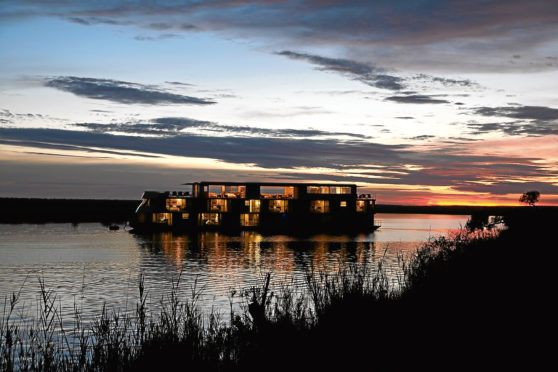The distinctive, bold cry of the fish eagle, said to be the sound of Africa, was what I wanted to hear when I arrived at the Zambezi Queen on the Chobe River, on the Botswana-Namibia border.
On the first two days out on a small tender boat, I saw a dozen, mostly in trees with a commanding view of the sweeping panorama of grassland teeming with elephants, hippos, Cape buffalo, antelopes, crocodiles and birds.
But when we got close, they spread their vast wings and took off, and without a sound. A big one had a favourite tree barely 50 metres from the Zambezi Queen, where it sat, aloof and stubbornly quiet.
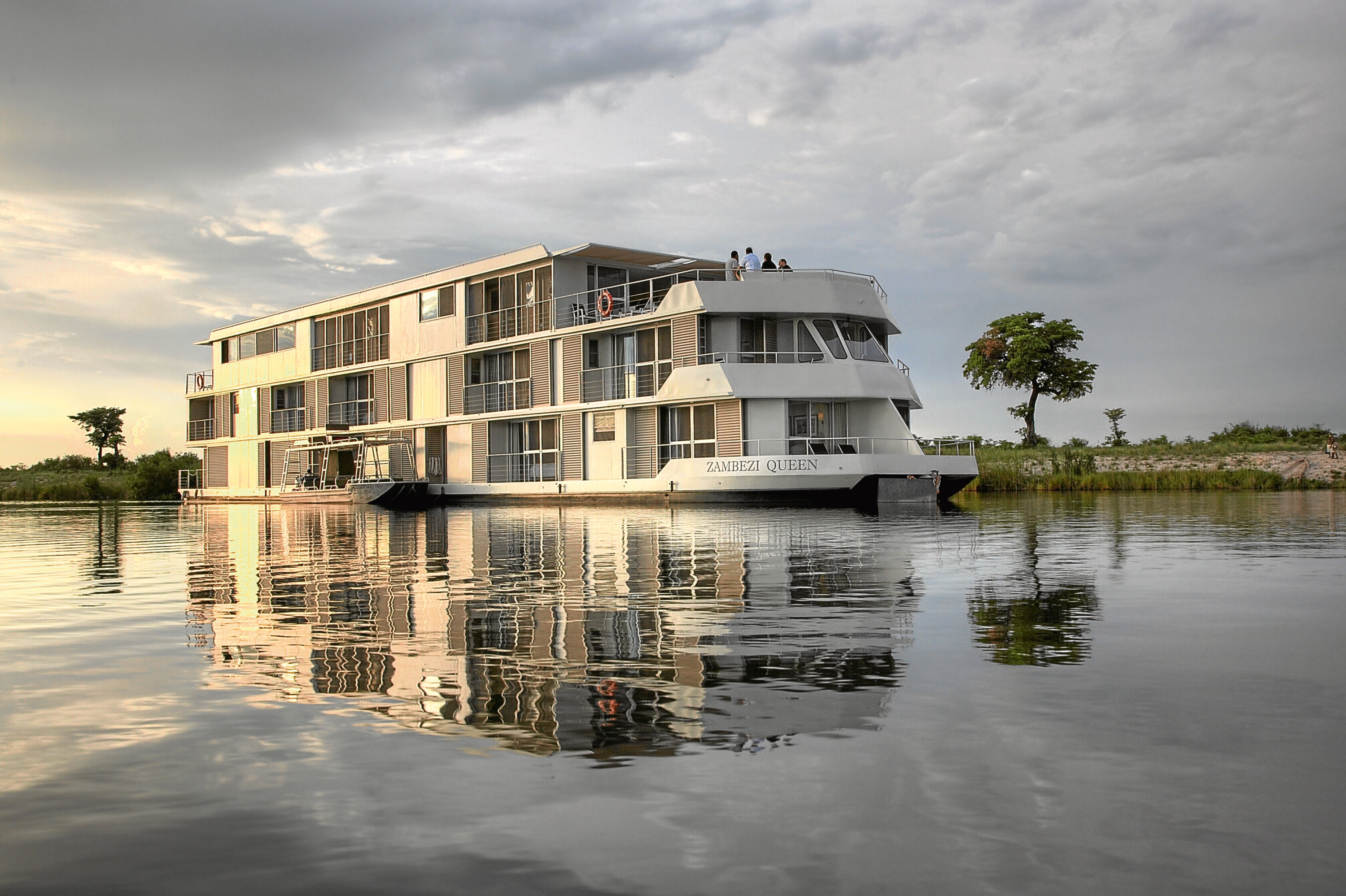
Day three it all happened on the other side of the river, dramatically close to the Zambezi Queen, as we boarded the tender. All of a sudden a crocodile reared up at the river bank with a small dog in its vast jaws.
The unfortunate animal had been snatched nearby and drowned, and the crocodile, a five-metre monster, was tossing the dog around in its jaws to get it in position for swallowing.
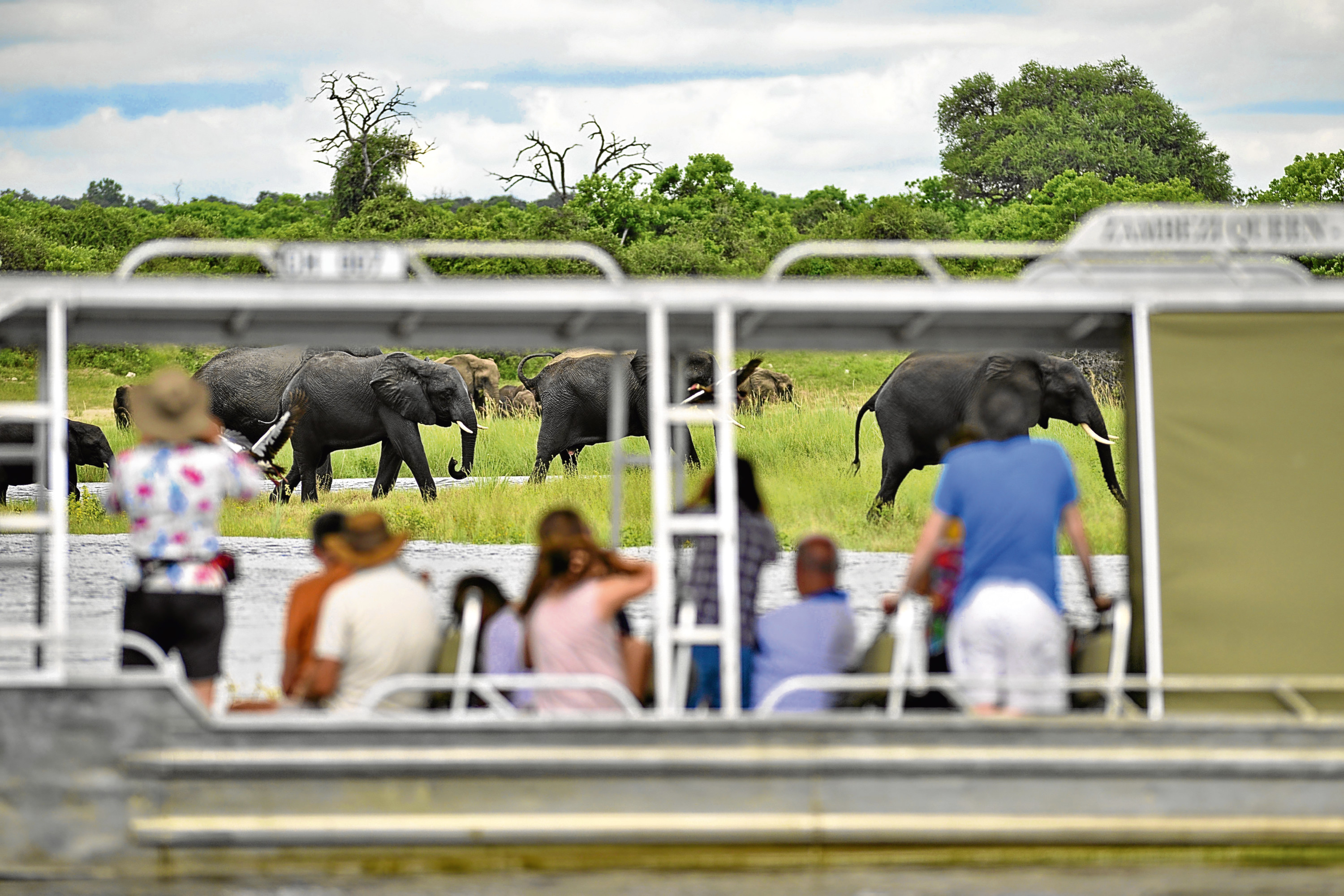
Our tender nosed up to the bank about five metres away at the same time as our resident fish eagle arrived. A stork quickly followed, but at a safer distance.
The crocodile splashed wildly up and down as it continued to juggle its catch, the dog’s legs, head and tail flailing around in the wide open jaw lined with evil-looking teeth.
Finally, after maybe five minutes, it backed into deeper water, and the fish eagle cried, throwing its head back as it did so, calling to its mates.
We stayed where we were, so close we could see its yellow face and fierce, black beak – a striking contrast to the snowy head and tail. When parts of the dog appeared on the river surface, the fish eagle picked them up with a flying scoop and brought them back to the river bank right in front of us. And it cried loudly again, and again, always with its beak open to the sky.
Two more fish eagles arrived in answer to the call. We sat, watched and listened. This was Africa in the raw.
Yet on other outings – usually two a day starting at the comfortable time of 10am – we saw herds of elephants with many little tuskers gambolling around in the care of watchful mothers. Here and there a large male stood majestically, huge ears flapping the signal to clear off. The juvenile elephants were fun to watch, usually fighting playfully in the river. Sometimes four or more would splash together, waving their trunks like musketeers’ swords.
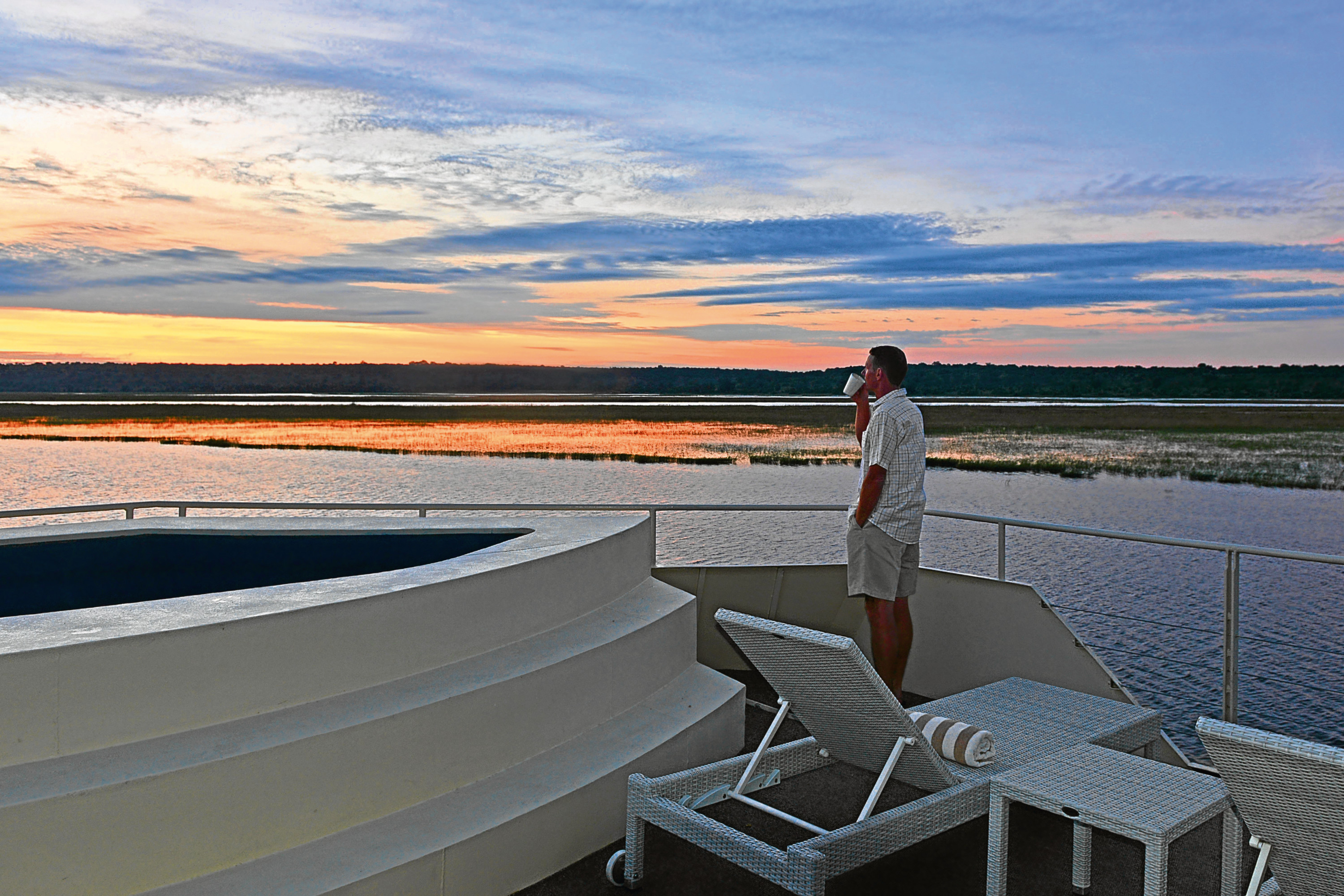
On other stretches of the river, delicate long-legged jacanas hopped on flowering water lilies, herons and storks tiptoed in the shallows, and fish blew bubbles from below.
Being on a boat was a new experience, and a good one, compared to a land safari experience usually by Jeep on a dusty track. On the other hand, one day some guests went on a vehicle and had a thrilling encounter with lions close up.
I loved the Amazon Queen. It cruises at water’s edge, so you can fall asleep to the sound of grunting hippos, and wake up seeing scores of animals from your bed. There are birds everywhere, many vividly coloured like the lilac-breasted roller or the black and white pied wagtail, the latter often on the boat’s rail.
All day long there were wild animals just one side or the other. They are used to the vessel, which at 42 metres is hardly a cruise ship. There are three decks, the top being a marvellous viewing platform, although still not in the fish eagle class. A human being with the same vision would need eyes the size of oranges.
It is comfortably furnished, a library and binoculars are provided, and the well stocked bar never closes. The delicious Wilderer gin from the Cape was a pleasant find. Premium beer and wines are included.
Forward there is a nice little plunge pool, some loungers, and aft, just beyond the dining area, a covered deck. Midship, the floor to ceiling windows open wide to offer an experience like a colonial era riverboat on the Nile. Zambezi Queen moves quietly and slowly, the panorama unfolding like a silent movie.
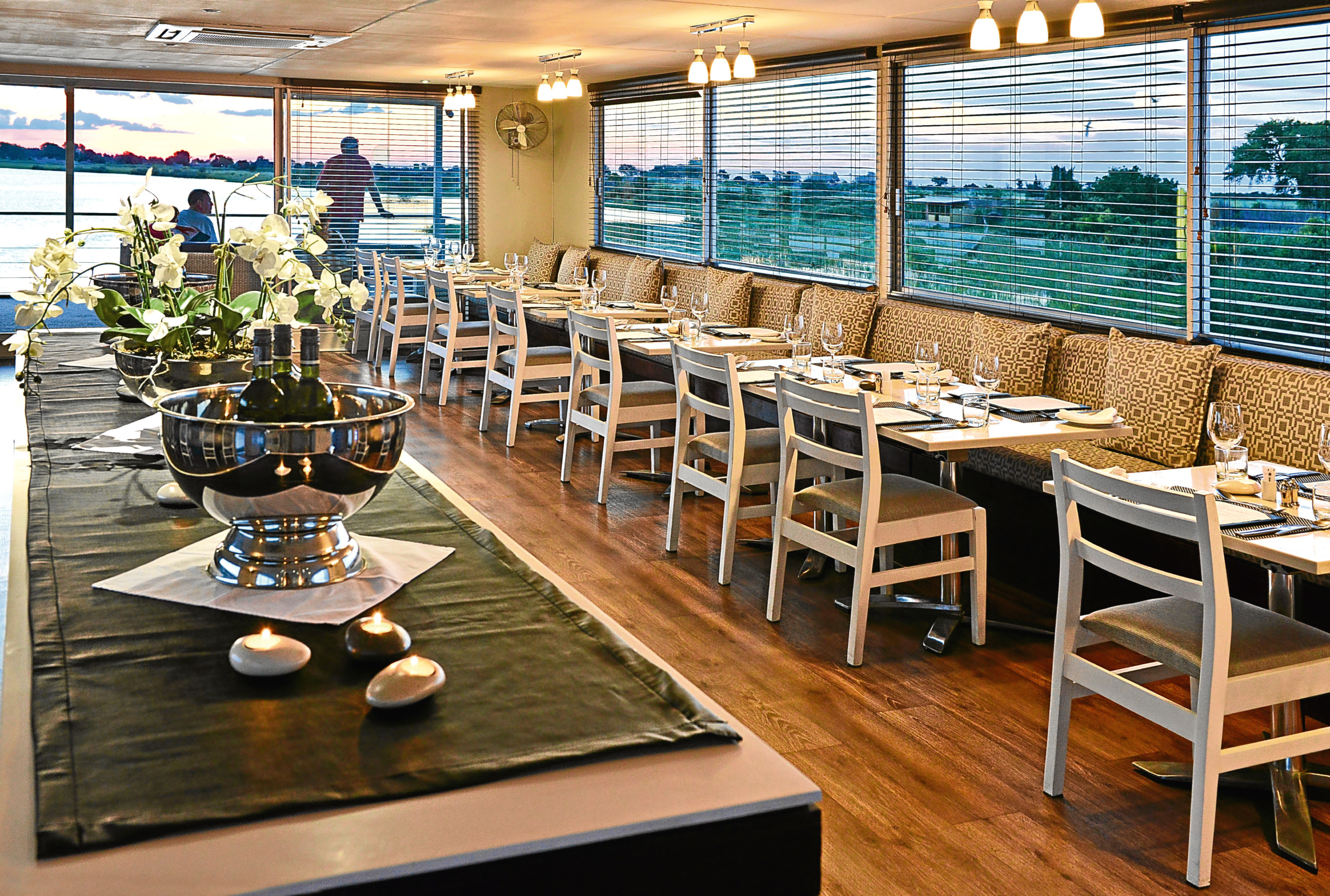
It provides jobs for 70 Africans, including two excellent guides on our four-night trip, although most are two or three nights. Passengers are from Europe, North America and Asia. It is not cheap.
On the other hand, everything about the Zambezi Queen is quality. Cabins are spacious with superior beds and bedding, bathrooms roomy with good showers, robes and slippers, and the huge windows positively encourage you to get up in the morning, throw back the curtains and blinds, then go back to bed to watch battalions of buffalo, hippos and elephants starting their day, African style.
When it all gets too much, a hand-made breakfast awaits. Lunches and dinners are nicely done, with the crew in a grand finale evening. It was the final act in a show that never stops.
- For more information visit www.zqcollection.com
